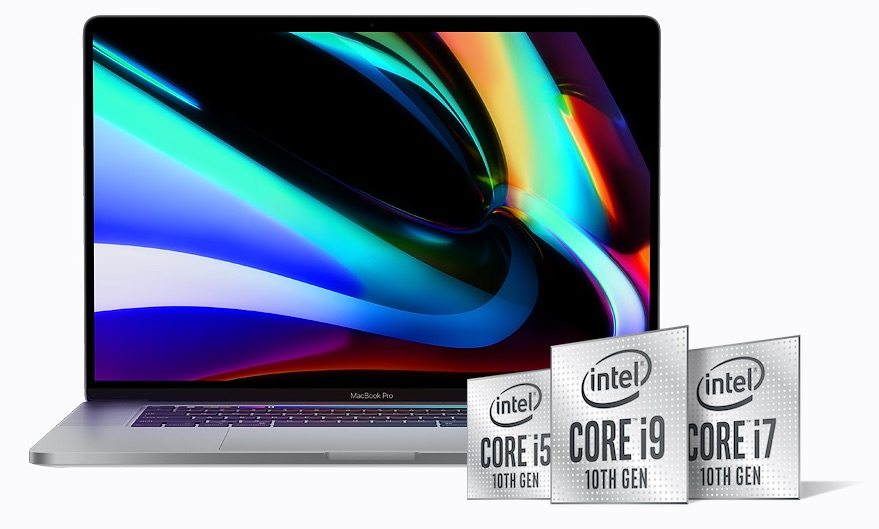![]()
At this week's WWDC, Apple
confirmed its plan to switch from Intel to custom processors for its Macs over a two-year transition period. Apple said that the switch is all about platform consolidation and performance advantages, but at least one former Intel insider claims that quality control issues with Skylake chips was the reason Apple finally decided to to ditch Intel.
There have been rumors suggesting Apple has an interest in Arm-based Macs for
years now, but it was only on Monday that Apple confirmed the plan, satying it expects its first Mac with custom silicon to launch by the end of 2020.
Apple analyst
Ming-Chi Kuo believes that a redesigned iMac due in the fourth quarter of 2020 will be one of Apple's first two Mac models with a custom Arm-based processor, with the other being a future 13-inch MacBook Pro.
Following Apple's announcement about its switch to custom silicon, Intel said it will
continue supporting the Mac through its transition, but insisted that its processors are still the best option for developers.
Article Link:
Former Intel Engineer Claims Buggy Skylake Chips Hastened Apple's Switch to Custom Silicon




